Nature/survival
Hiking can be a very enjoyable activity. You need to hike your own hike. Go at your own pace and enjoy the wildlife around you. If you have prepared for the hike, you will not have to worry about many unexpected events along the way.
|
For day hikes I always carry the bare essentials in my pack just in case I run into an emergency situation. The essentials would include a tarp, fire starter with kindling, extra water bottle, a knife, one day's food ration, and an emergency blanket.
|
Longer hikes usually include a tent or hammock, two pounds of food for every day of hiking, a sleeping bag, ground cover or mat, fire starter, cooking stove, three liters of water, eating utensils, one liter pot, cup, extra clothes with rain jacket, and trekking poles.
There are many other items that you can include that will allow you to be more comfortable at the expense of the extra weight.
There are many other items that you can include that will allow you to be more comfortable at the expense of the extra weight.
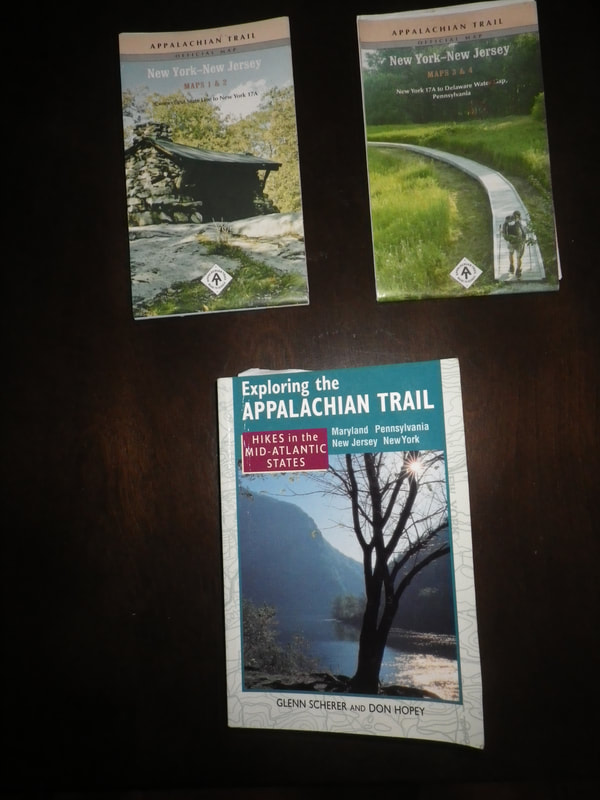
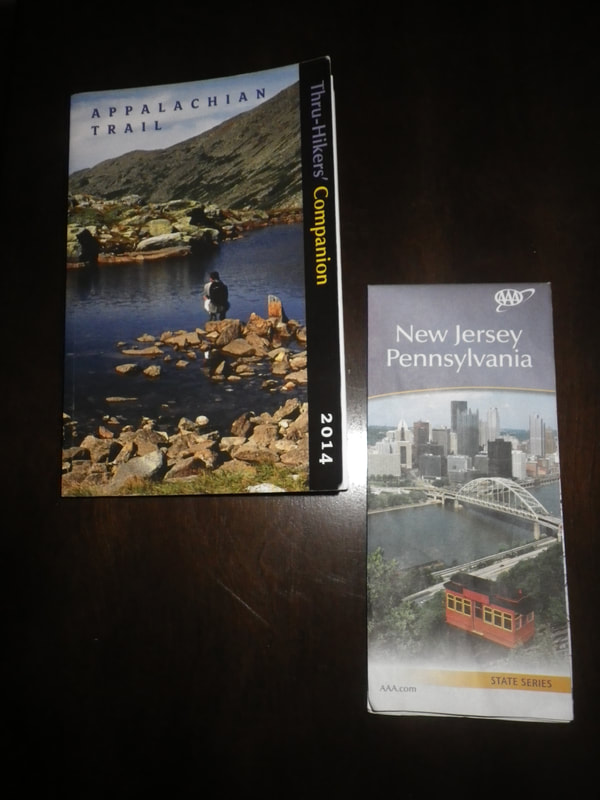
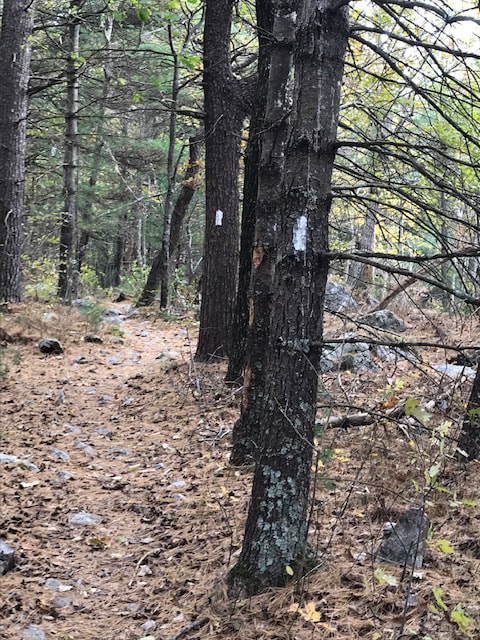
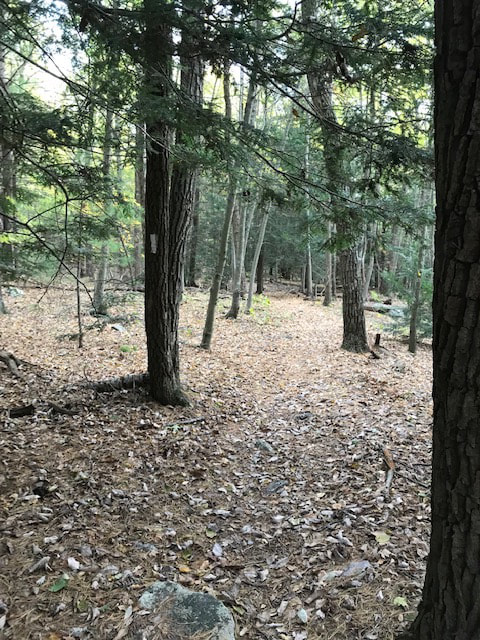
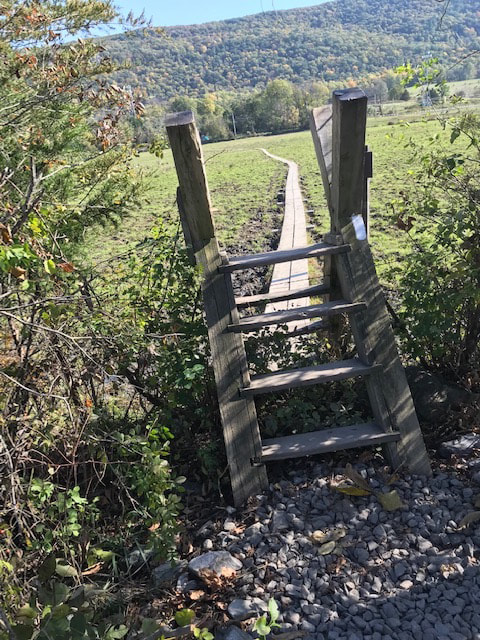
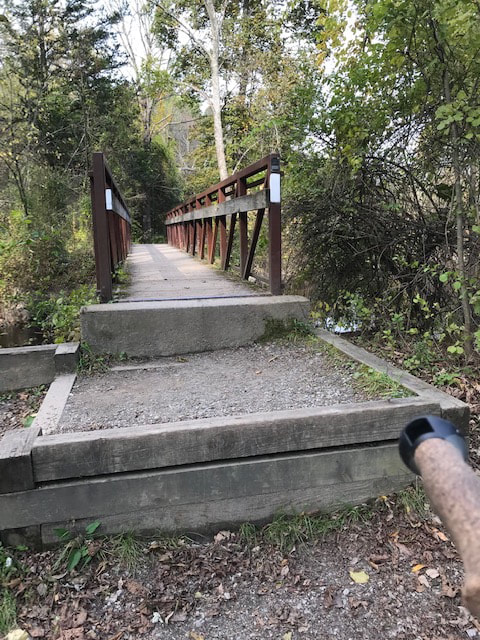
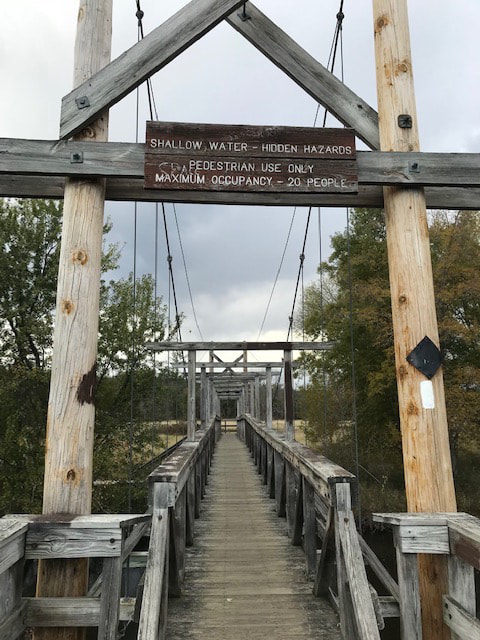
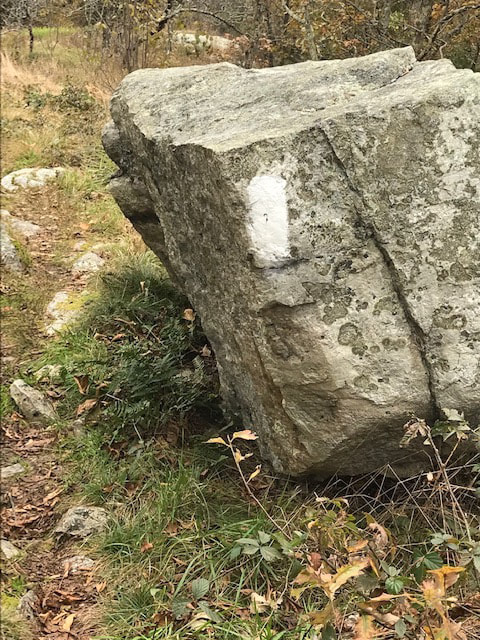
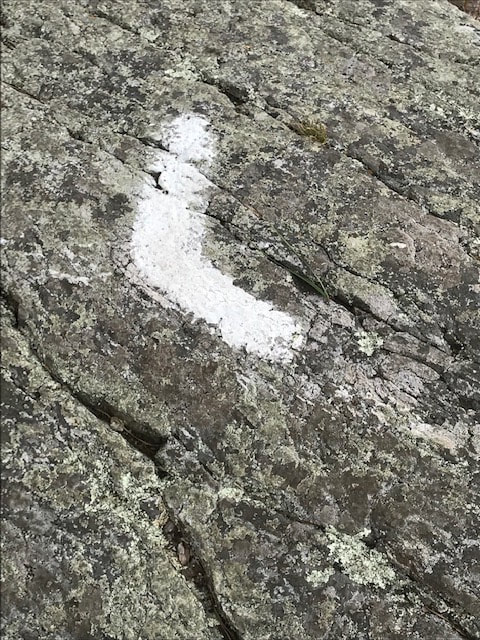
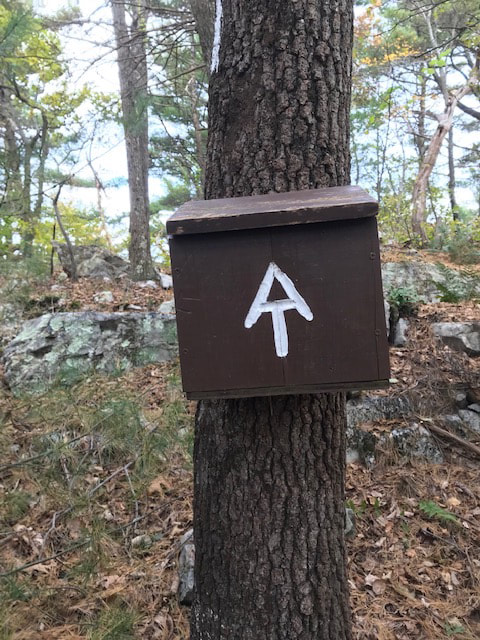
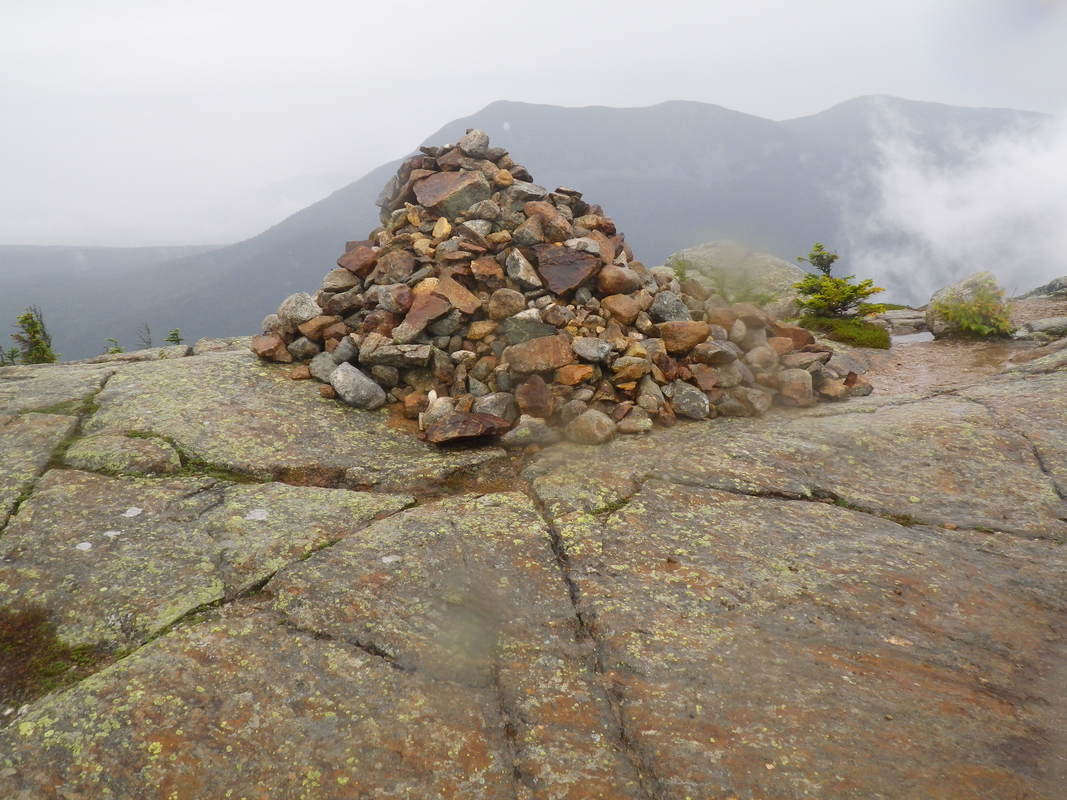
 RSS Feed
RSS Feed